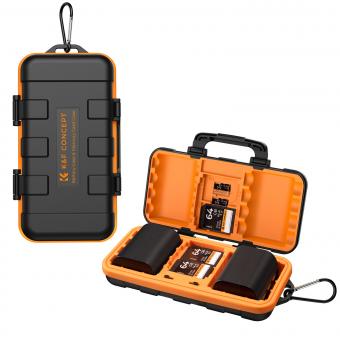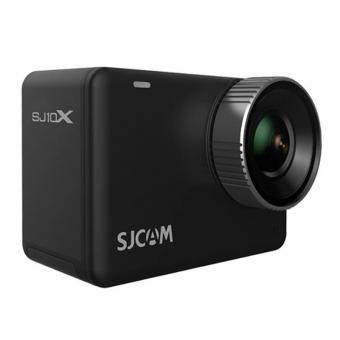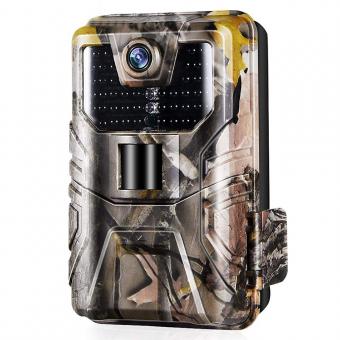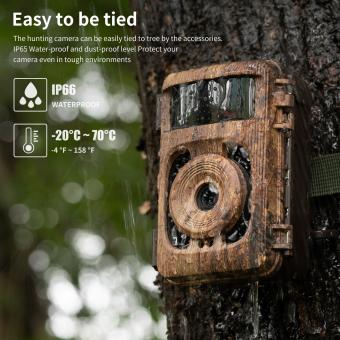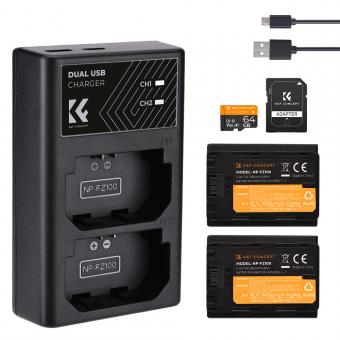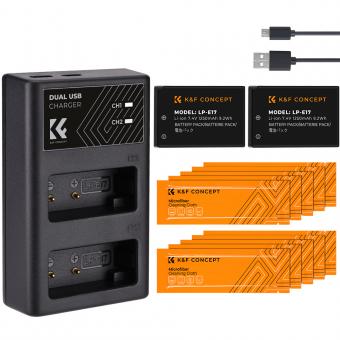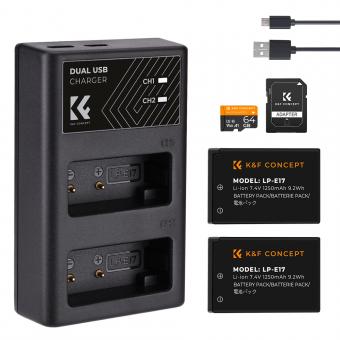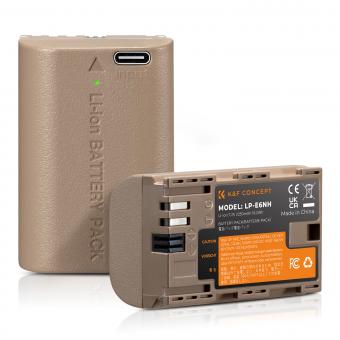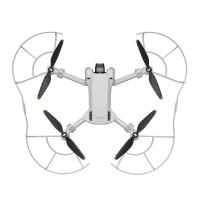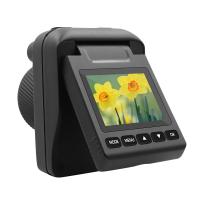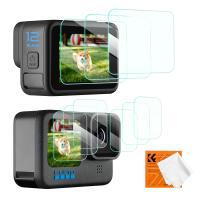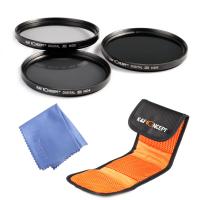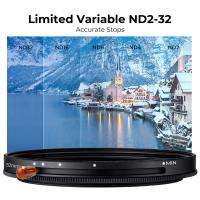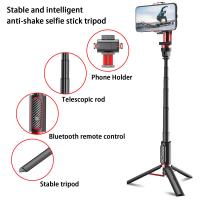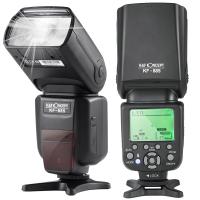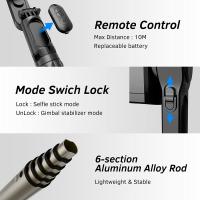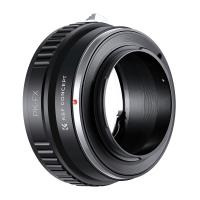Can Camera Batteries Be Taken On A Plane?
Traveling with camera equipment can be a bit daunting, especially when it comes to understanding the regulations surrounding the transportation of camera batteries on airplanes. With the increasing number of photographers and videographers traveling for work or leisure, it's essential to know the rules and guidelines to ensure a smooth journey. This article aims to provide a comprehensive guide on whether camera batteries can be taken on a plane, the types of batteries allowed, and the best practices for carrying them.
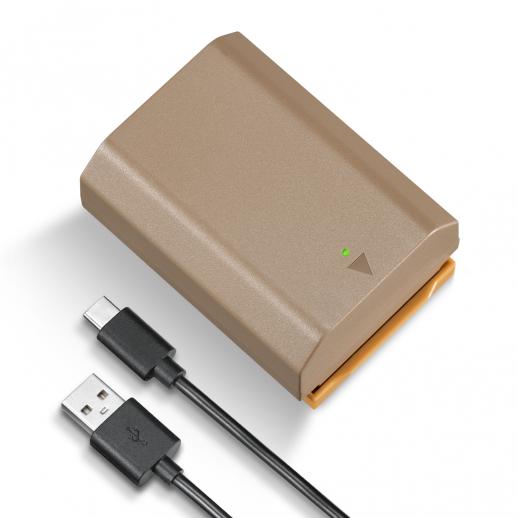
Understanding Airline Regulations
Airline regulations regarding the transportation of batteries are primarily governed by the International Air Transport Association (IATA) and the Federal Aviation Administration (FAA). These organizations have set guidelines to ensure the safety of passengers and crew, as batteries, particularly lithium-ion batteries, can pose a fire risk if not handled correctly.
Types of Batteries
1. Lithium-Ion Batteries: Commonly used in modern digital cameras, these batteries are lightweight and have a high energy density.
2. Nickel-Metal Hydride (NiMH) Batteries: Often used in older camera models and some rechargeable AA batteries.
3. Alkaline Batteries: Non-rechargeable and commonly used in various electronic devices, including some cameras.
Carry-On vs. Checked Baggage
The primary concern when traveling with camera batteries is whether they should be packed in carry-on luggage or checked baggage. According to the FAA and IATA guidelines:
- Lithium-Ion Batteries: These should always be carried in your carry-on luggage. The reason is that the cabin crew can quickly address any issues that may arise, such as overheating or fire, whereas it would be challenging to manage such situations in the cargo hold.
- NiMH and Alkaline Batteries: These can be packed in either carry-on or checked baggage, but it is generally recommended to keep them in your carry-on for easy access and monitoring.
Quantity and Watt-Hour Limits
For lithium-ion batteries, there are specific quantity and watt-hour (Wh) limits that you need to be aware of:
- Spare Batteries: You are allowed to carry an unlimited number of batteries with a rating of up to 100 Wh. For batteries between 100 Wh and 160 Wh, you can carry up to two spare batteries. Batteries over 160 Wh are generally not allowed unless you have special permission from the airline.
- Installed Batteries: Batteries installed in devices such as cameras, laptops, and smartphones are generally not subject to these limits, but it is always a good idea to check with your airline for any specific restrictions.
Packing Tips for Camera Batteries
Proper packing of camera batteries is crucial to prevent any potential hazards. Here are some tips to ensure safe transportation:
1. Use Original Packaging: If possible, carry your batteries in their original packaging. This provides the best protection against short circuits and physical damage.
2. Insulate Terminals: Use electrical tape or battery covers to insulate the terminals of spare batteries. This prevents them from coming into contact with metal objects, which could cause a short circuit.
3. Carry in Plastic Bags: Place each battery in a separate plastic bag to further reduce the risk of short circuits.
4. Avoid Overpacking: Do not overpack your carry-on bag with batteries. Ensure that they are easily accessible and not buried under other items.
Airline-Specific Policies
While the FAA and IATA provide general guidelines, individual airlines may have their own specific policies regarding the transportation of camera batteries. It is always a good idea to check with your airline before traveling to ensure compliance with their rules. Some airlines may have stricter regulations, especially for international flights.
Dealing with Security Checks
When passing through airport security, you may be asked to remove your camera and batteries from your bag for inspection. Here are some tips to make the process smoother:
1. Be Prepared: Have your camera and batteries easily accessible so you can quickly remove them if asked.
2. Inform Security Personnel: Let the security personnel know that you are carrying camera batteries. This can help expedite the inspection process.
3. Follow Instructions: Comply with any additional instructions given by the security personnel. They may ask you to power on your camera to verify that it is a functioning device.
International Travel Considerations
If you are traveling internationally, be aware that different countries may have varying regulations regarding the transportation of batteries. It is essential to research the rules of both your departure and destination countries to avoid any issues. Additionally, some countries may have restrictions on the import and export of certain types of batteries.
Best Practices for Traveling Photographers
For photographers who frequently travel, here are some best practices to ensure a hassle-free experience:
1. Carry a Battery Management System: Use a battery management system to keep track of your batteries' charge levels and condition. This can help you avoid carrying damaged or overcharged batteries.
2. Invest in Quality Batteries: Use high-quality, reputable batteries that meet safety standards. Cheap, counterfeit batteries can pose significant risks.
3. Stay Informed: Keep up-to-date with the latest regulations and guidelines from the FAA, IATA, and your airline. Regulations can change, and staying informed will help you avoid any surprises.
4. Plan Ahead: If you need to carry a large number of batteries or batteries with higher watt-hour ratings, contact your airline in advance to discuss your options and obtain any necessary permissions.
In summary, camera batteries can be taken on a plane, but there are specific guidelines and regulations that you must follow to ensure safety. Lithium-ion batteries should always be carried in your carry-on luggage, and there are limits on the quantity and watt-hour ratings of spare batteries. Proper packing and preparation can help you avoid any issues during security checks and ensure a smooth travel experience. By staying informed and following best practices, you can focus on capturing stunning images without worrying about battery-related complications.


